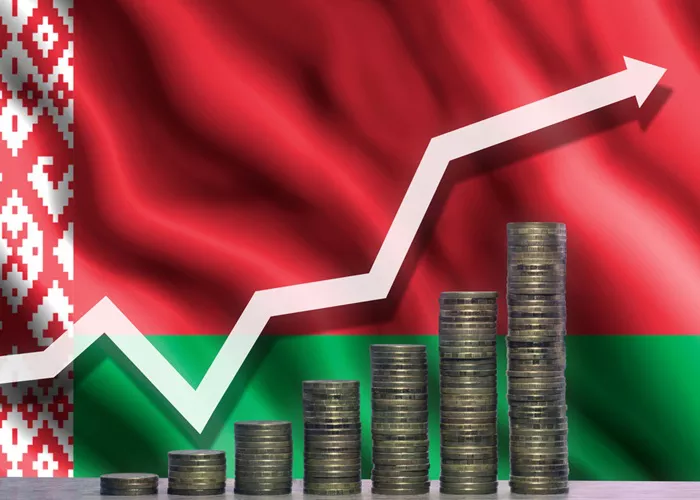Belarus has reached a new record in its gold and foreign exchange reserves, which climbed to an unprecedented $11.158 billion as of June 1, according to data released by the National Bank of Belarus. This milestone highlights the country’s ongoing efforts to strengthen its financial stability amid a complex global economic environment.
In an interview with the First National Channel, Alexander Yegorov, the First Deputy Chairman of the National Bank of Belarus, emphasized that while the absolute size of the reserves is important, the ratio of reserves to foreign trade holds greater significance. “The current reserve level now covers 2.6 months of imports,” Yegorov noted, indicating a robust buffer to support the country’s external obligations.
Strategic Investment Policies and Monetary Management
Yegorov attributed the substantial growth in reserves to a combination of strategic investment decisions and sound monetary policies. A central pillar of the country’s approach has been the careful selection of effective instruments for managing gold and foreign currency assets, ensuring that the portfolio remains resilient amid market fluctuations.
Monetary policy has also played a pivotal role, particularly through calibrated interest rate strategies designed to influence the behavior of both individual savers and corporate entities. This has been complemented by a balanced approach to managing the money supply, helping to maintain currency stability and foster confidence in the national ruble.
Gold’s Growing Contribution
Belarus has long adhered to a policy of maintaining a portion of its reserves in gold, a strategy that has paid dividends amid rising global gold prices in 2024. Since the start of the year, the appreciation of gold has added approximately $1.1 billion to the country’s reserves. Overall, the reserves have increased by more than $2 billion during the current year, underscoring the significant contribution of the precious metal to Belarus’s financial strength.
Domestic Market Currency Purchases and Net Sales
Another key driver of reserve growth has been increased currency purchases within the domestic market. Yegorov highlighted the consistency of monetary policy as a factor encouraging Belarusian citizens to prefer holding savings in the local currency rather than foreign currencies. Since January, households have sold a net total of $400 million in foreign currency, reflecting a shift in savings behavior.
Additionally, non-resident investors have sold a net $500 million worth of foreign currency, while legal entities contributed further net foreign currency inflows during the period from April to May. These dynamics have collectively bolstered the country’s foreign exchange reserves.
Managing Risks and Maintaining Stability
Despite the positive outlook, Yegorov acknowledged the inherent volatility in gold prices and the potential risks associated with such fluctuations. “Naturally, if prices rise, they can also fall,” he said, underscoring the uncertainties in the global markets.
However, Yegorov expressed confidence in the resilience of Belarus’s reserves, stating that even if gold prices were to decline, the country’s reserves would remain well above the thresholds established by presidential decree. This confidence stems from the combined strength of a substantial reserve buffer and prudent, balanced monetary policy.
Broader Economic Implications
The growth in Belarus’s gold and foreign exchange reserves signals not only improved financial stability but also enhanced capacity to navigate external economic shocks. By maintaining sufficient reserves to cover over two months of imports, Belarus is better positioned to manage trade imbalances, currency volatility, and unforeseen economic challenges.
Looking ahead, continued vigilance in monetary policy, coupled with strategic asset management, will be crucial to sustaining this upward trajectory. The National Bank’s focus on both preserving reserves and fostering economic stability reflects a comprehensive approach to safeguarding Belarus’s economic future in an uncertain global landscape.
Related Topics:
Trade Growth and Geopolitical Tensions Pressure Market Sentiment
Is Papua New Guinea’s Foreign Exchange Crisis Finally Over?
Forex Update: U.S. May Inflation Report Fuels Market Volatility

